Whale and Sea Turtle Encounters on the Mexican Coast
From Magdalena Bay to Puerto Escondido, Mexico is a prime spot for interactions with the sea’s gentle giants. Nomad Johanna gets up close and personal.
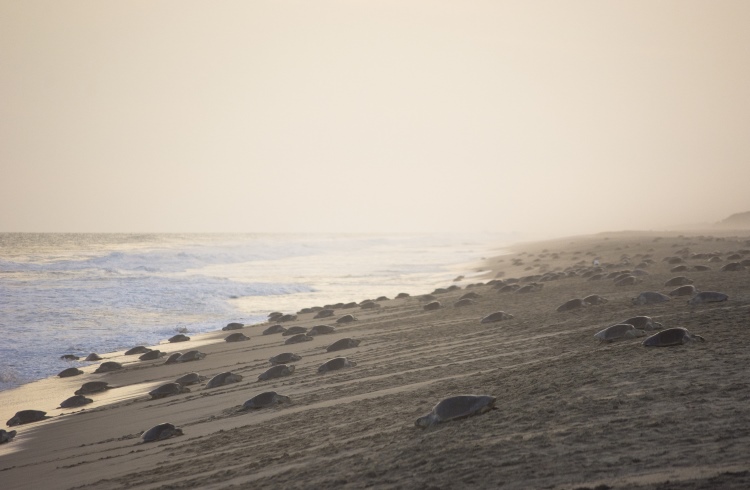 Photo © Getty Images / Andres Valencia
Photo © Getty Images / Andres Valencia
Where the Whales Come to Be Petted
The gray whale swims slowly toward our boat, her baby following closely. She sinks under the baby, then gently lifts him onto her back so he’s almost fully out of the water. Is this so we can admire him or so the baby can get a good view of us?
Introductions done, what happens next is even more surreal. The 50ft-long (15m) mother floats over to our boat and stops, her nose partially underneath us. Leaning over the gunwale, I reach out and pet her head. It’s slippery smooth, except where it’s covered in barnacles. Soon the baby noses his way over, wanting some love too.
I’m told Magdalena Bay is one of only three bays in the world – all off Baja – where this phenomenon is known to happen. Usually, petting or otherwise touching wild animals are to be strictly avoided, but here the whales seek it out.
Three mothers with babies repeat this whale-led interaction before our onboard naturalist says, “Time’s up” and we head back to Bahia Magdalena’s Puerto San Carlos and our bus to La Paz (day trips from La Paz are best, as Magdalena Bay towns don’t have much tourist infrastructure).
Along with gray whales, Mexico’s cetaceans include humpbacks, minkes, fins, blue whales, and several dolphin species.
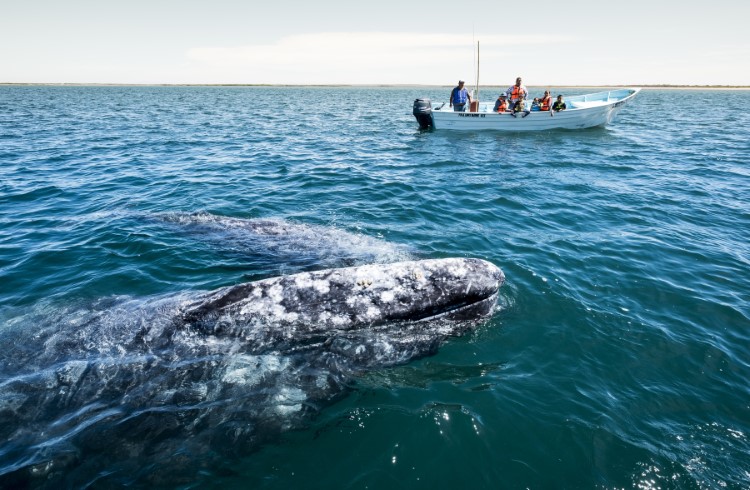
Saving Endangered Baby Sea Turtles
The sunset view is simply too gorgeous to keep my eyes closed during our beach yoga lesson. I watch Playa Palmarito’s immense summertime waves rise higher and higher, then slowly curl before they fall with a crash. Then, something catches my eye. There’s a huge turtle floating two-thirds of the way up the wall of the wave. She’s scoping out the beach – where she hatched 15 years earlier – to choose the perfect spot to lay her eggs tonight.
This Puerto Escondido beach is ideal for turtles. It’s 15mi (24km) long, and empty save for a fenced-in area where turtle eggs are buried to protect them from predators, and quiet Vivo Resorts which sponsors the Palmarito Sea Turtle Camp through its Vivo Foundation. A few times nightly, patrols search the beach for freshly laid eggs. They dig them up, count them, and then rebury them marking the date they’re expected to hatch. About two months later, hotel guests can help release the cute babies. They protect and release 40,000 to 60,000 turtle hatchlings annually.
After the sun has set, I carry my hatchling in a coconut shell, careful not to touch her. When her flippers feel the sand, she pauses before starting her 100ft (30m) scramble into the waves, imprinting the location in her brain as she goes. With luck, she’ll be one of the 5% which survives and returns in 15 years to lay her own eggs. Without the assistance of the turtle project, turtles only have a 1-2% chance of survival.
Mexico has six of the world’s seven sea turtle species – green, olive ridley, hawksbill, loggerhead, Kemp’s Ridley and leatherback.
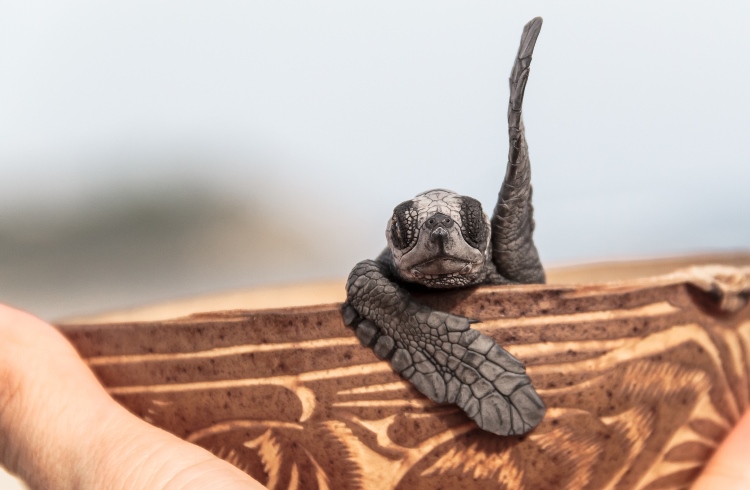
Trip Notes
International flights land in most of these cities, with domestic flights connecting to smaller La Paz and Puerto Escondido.
La Paz, Baja California Sur
Laidback La Paz is on the marine-life-rich Sea of Cortez, 125mi (200km) north of Cabo. Several species, even giant blue whales, feed here. You can also snorkel with turtles, rays, sea lions, and the world’s largest fish, the gentle whale shark. Bus tours go to Magdalena Bay for the day for gray whale watching.
Cabo, Baja California Sur
The southern tip of Baja peninsula, where the Pacific meets the Sea of Cortez, is a favorite spot of whales. Humpbacks are often seen from shore in winter. Five turtle species nest from August to December.
Puerto Escondido, Oaxaca
Find six turtle species, five dolphins and, from November to April, humpback whales. They’re even seen from the beach.
Puerto Vallarta, Jalisco
The largest gathering of Pacific humpbacks in Mexico is in Vallarta’s Bahia de Banderas from December to March. Release baby turtles at several hotels which participate in conservation programs.
Cancún and the Riviera Maya, Quintana Roo
Turtles lay eggs on Riviera Maya beaches from May to October. Isla Majures, off Cancún, is turtle-mating central from May to July. Dolphins are occasionally seen nearby and whale sharks visit in summer.
Related articles
Simple and flexible travel insurance
You can buy at home or while traveling, and claim online from anywhere in the world. With 150+ adventure activities covered and 24/7 emergency assistance.
Get a quote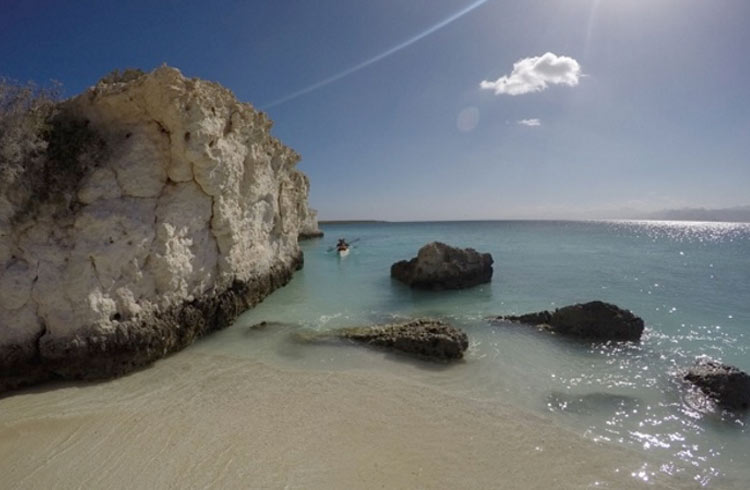
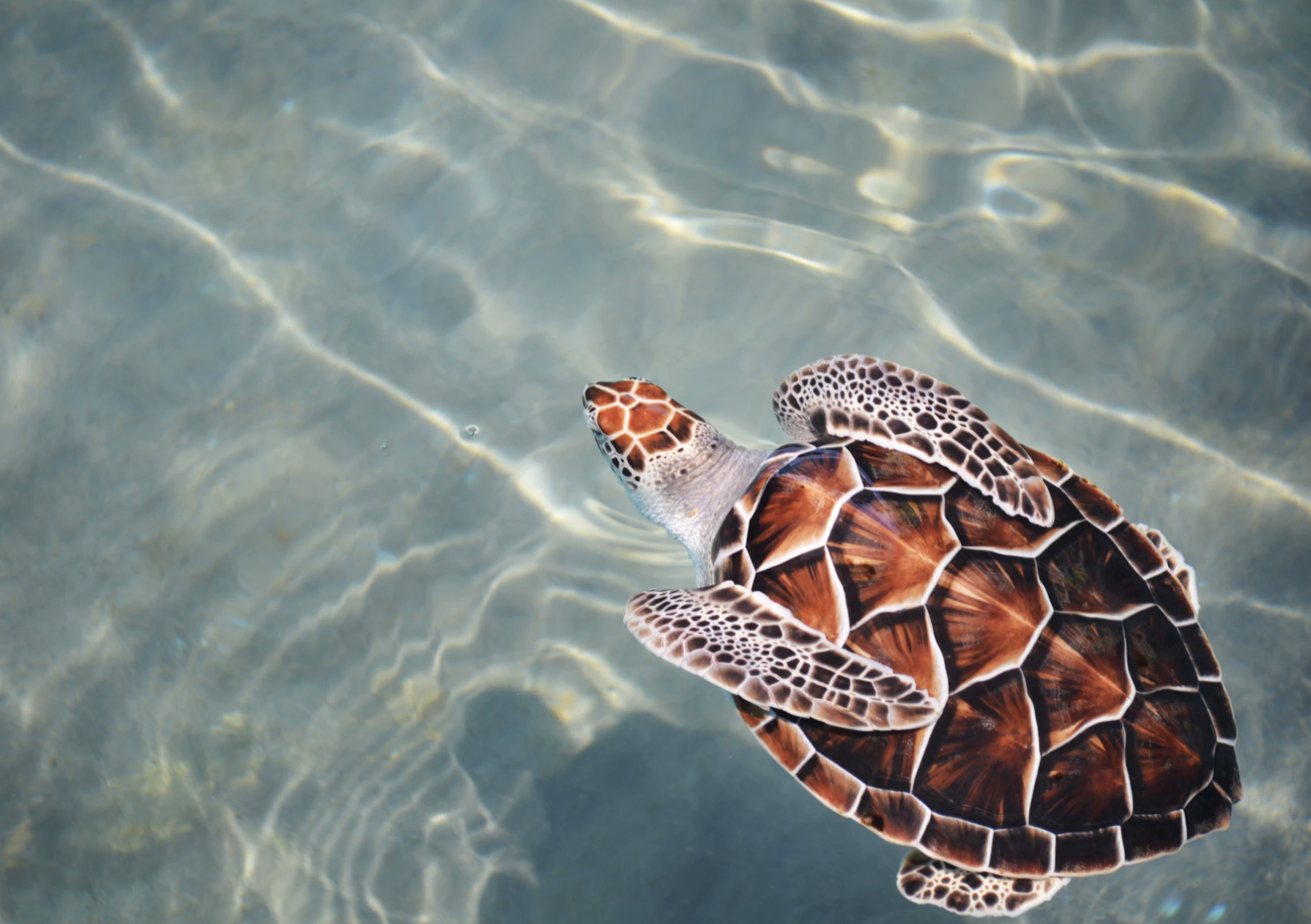
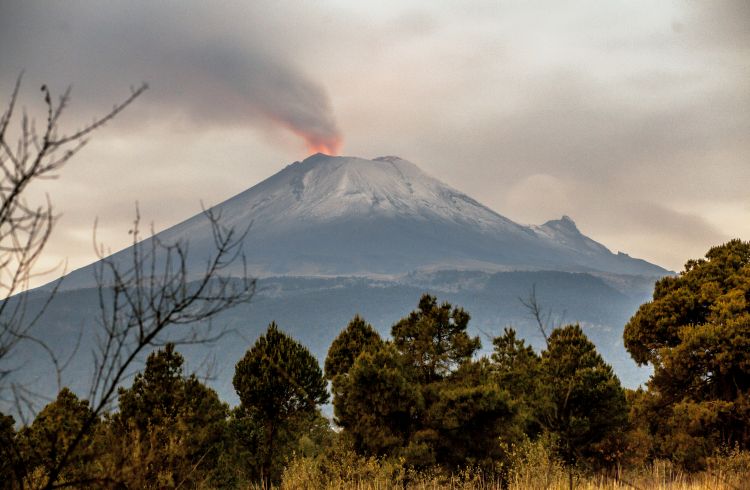
No Comments